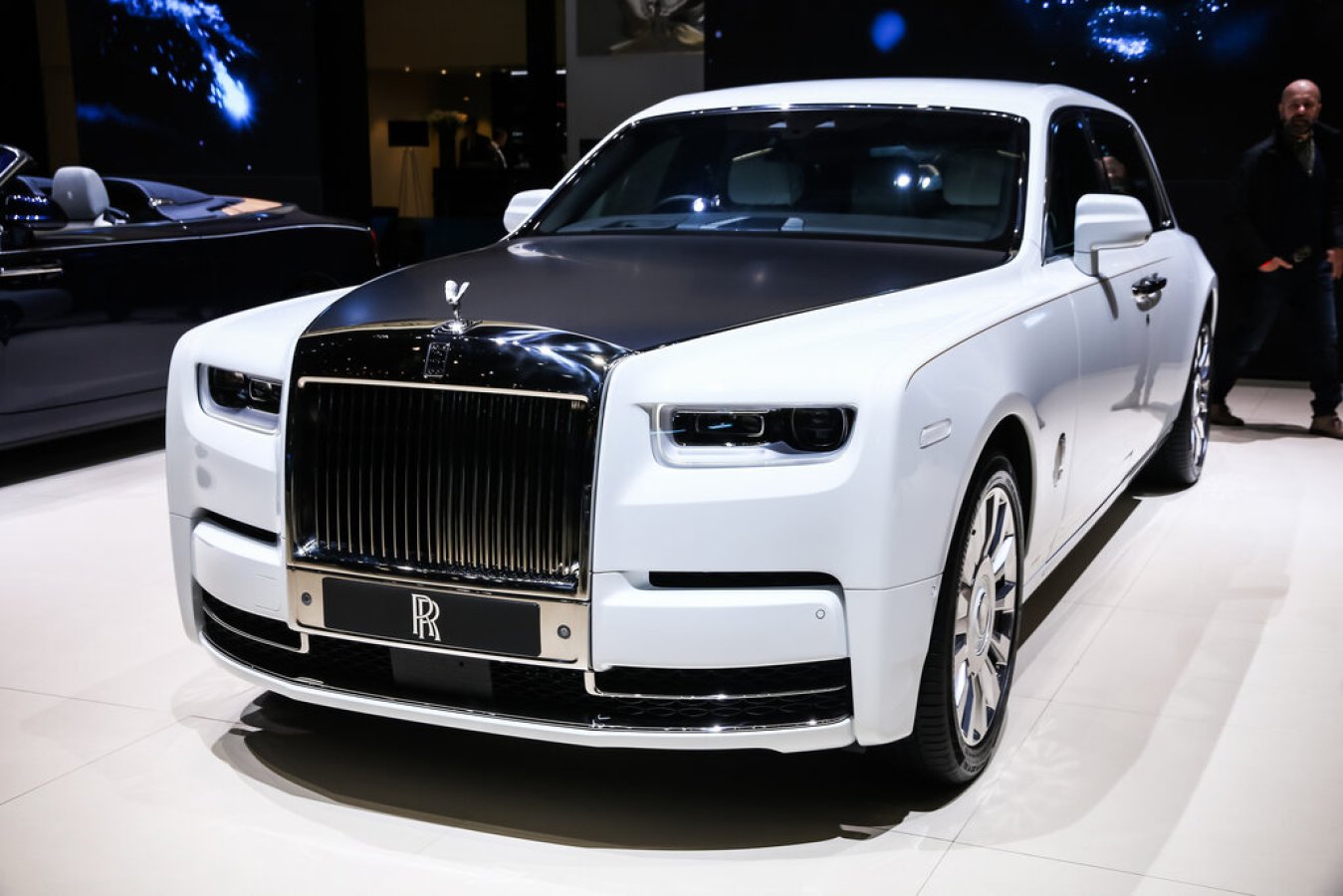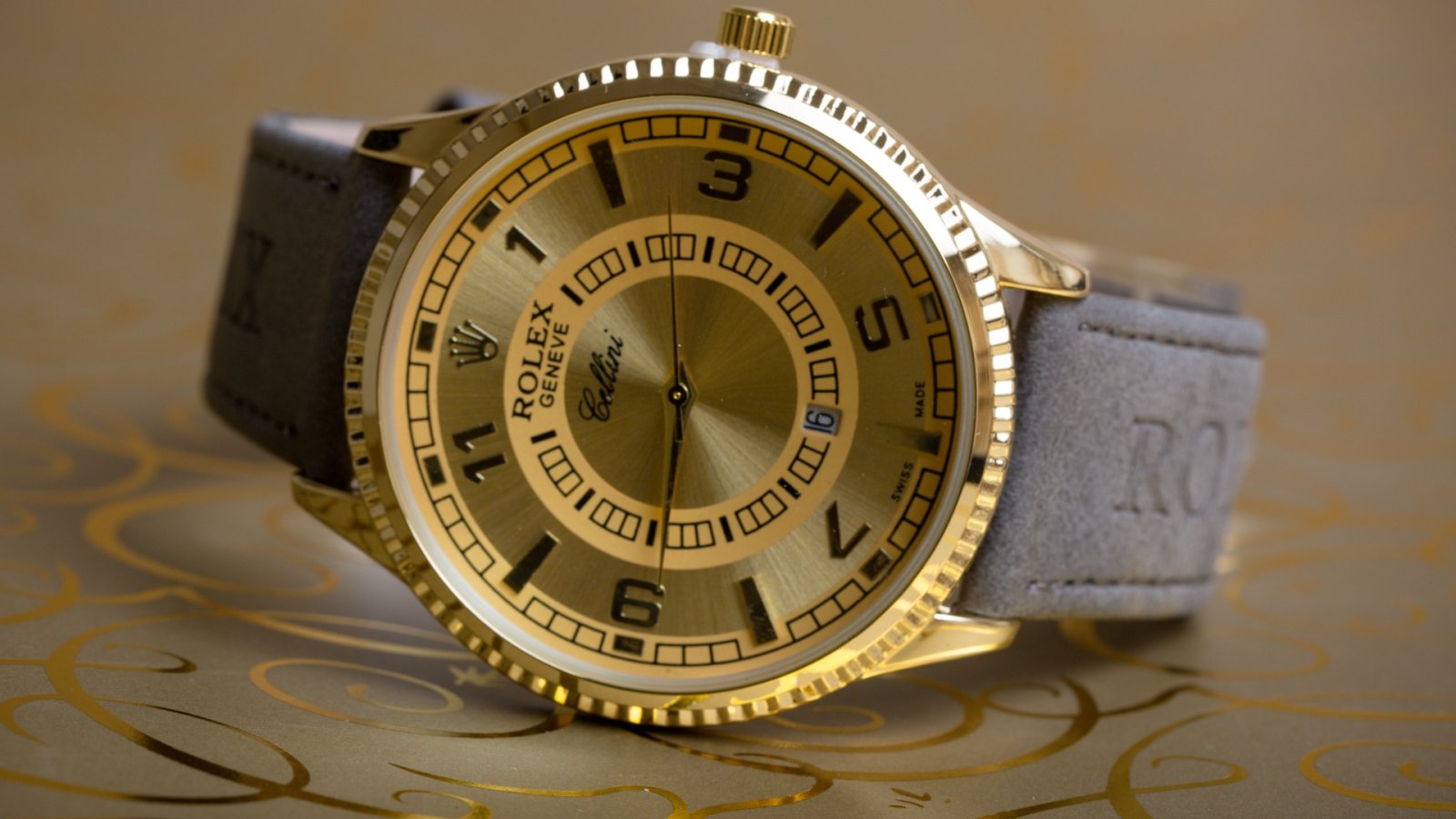In today's world, watches have evolved from mere timepieces to symbols of success and accomplishment, often carrying decades of cherished memories. The luxury watch market has experienced significant growth, making it challenging to discern where true luxury begins and where excess takes over. With platforms like Instagram showcasing a myriad of luxury watches, understanding what constitutes a luxury timepiece can be confusing. In this guide, we’ll explore the essential elements of luxury watches, helping you make informed decisions about your potential purchases and ensuring they meet your standards.
Luxury watches have long represented elegance, craftsmanship, and timeless style. Whether you’re a passionate collector or simply admire the artistry behind these exceptional pieces, delving into the world of luxury watches can be both intriguing and fulfilling. However, defining what constitutes "luxury" can be challenging, as terms like "expensive" or "cheap" are relative. What may seem luxurious to one person might not hold the same significance for another.
For the sake of clarity, we’ll explore what many generally consider to be a luxury watch and the essential elements it should possess. Before we dive into the various luxury watch brands available, let’s first examine the key attributes that define a luxury timepiece, helping you determine which brand aligns with your needs.
Key Criteria of a Luxury Watch
Most would agree that a luxury watch is often polished to a mirror finish, adorned with diamonds, or boasts a striking presence on the wrist. Yet, the essence of luxury is subjective and can vary from person to person. Despite this, there are certain aspects that most would agree a watch must fulfill to be deemed luxurious. One crucial element is the watch's legacy and history. Exploring this history allows us to appreciate the craftsmanship and legacy that go into creating these extraordinary timepieces, which we are fortunate to wear and enjoy on our wrists. A luxury watch typically features a movement that reflects its overall quality. The movement, or calibre, is the mechanism that powers the watch and is one of its most critical components. While a budget Seiko movement (which certainly has its merits) can tell time accurately, it doesn't compare to the prestigious calibre 3235 found in a Rolex Submariner.
Manual Movements require the wearer to wind the watch regularly to maintain or increase its power reserve. Some may find this task easy to forget, while others appreciate the daily engagement that comes with it.
Automatic Movements, on the other hand, feature a rotor that spins with the motion of the wearer's wrist, harnessing kinetic energy to keep the power reserve topped up. As long as you wear the watch, it will continue to keep accurate time. Both types of movements are typically exquisitely finished in luxury watches. Brands like Audemars Piguet take this a step further, ensuring that every component is hand-polished, resulting in timepieces that resemble stunning works of art.
In addition to the movement, complications and features also signify a luxury watch. However, greater complexity doesn’t always equate to higher luxury. Take the iconic Rolex Submariner No-Date, for instance—it simply tells time and nothing more. Yet, its simplicity, reliability, and ability to function up to 300 meters underwater or at high altitudes demonstrate that even a straightforward design can embody true luxury. That said, many prestigious watch brands do produce models with complications like a perpetual calendar, chronograph, moon phase, tourbillon, or even a minute repeater, which chimes at specific intervals. These complications are not only challenging to create but also require exceptional craftsmanship to ensure they stand the test of time.
Another important factor to consider is the materials and craftsmanship involved in creating the timepiece. When you pick up a luxury watch, how does it feel in your hands? Are the edges of the case perfectly cut—not so sharp that they feel unrefined, but precisely defined, with every component of the case and bracelet fitting together seamlessly? Imagine if you were blindfolded; would it feel like a high-quality, well-built piece? Luxury watches prioritize refined and meticulous finishing, ensuring they feel exceptional both in hand and on your wrist. This tactile experience is often the first thing you notice, closely followed by the quality of the materials used.
A luxury watch is often highly sought after, and examining second-hand prices can provide insight into how people value a particular timepiece. Similar to stocks in the market, the value of a watch is determined by what buyers are willing to pay. This can serve as a gauge for the perceived luxury of certain watches or brands based on public opinion. However, it's important to view value as a general indication rather than a definitive measure of quality. Just because watch 'A' is more expensive or appreciates in value faster than watch 'B' doesn’t necessarily mean it’s superior. Ultimately, it’s essential to remember that your personal preferences should guide your purchases. Your definition of luxury may differ from someone else’s, and that’s perfectly okay! Always choose what resonates with you.
The final aspect to consider when it comes to luxury watches is their care and maintenance. Much like sports cars, which offer exceptional performance and experience but require more upkeep, luxury watches also demand a certain level of attention. Generally, the more intricate the movement and the more prestigious the brand, the higher the maintenance costs will be.






